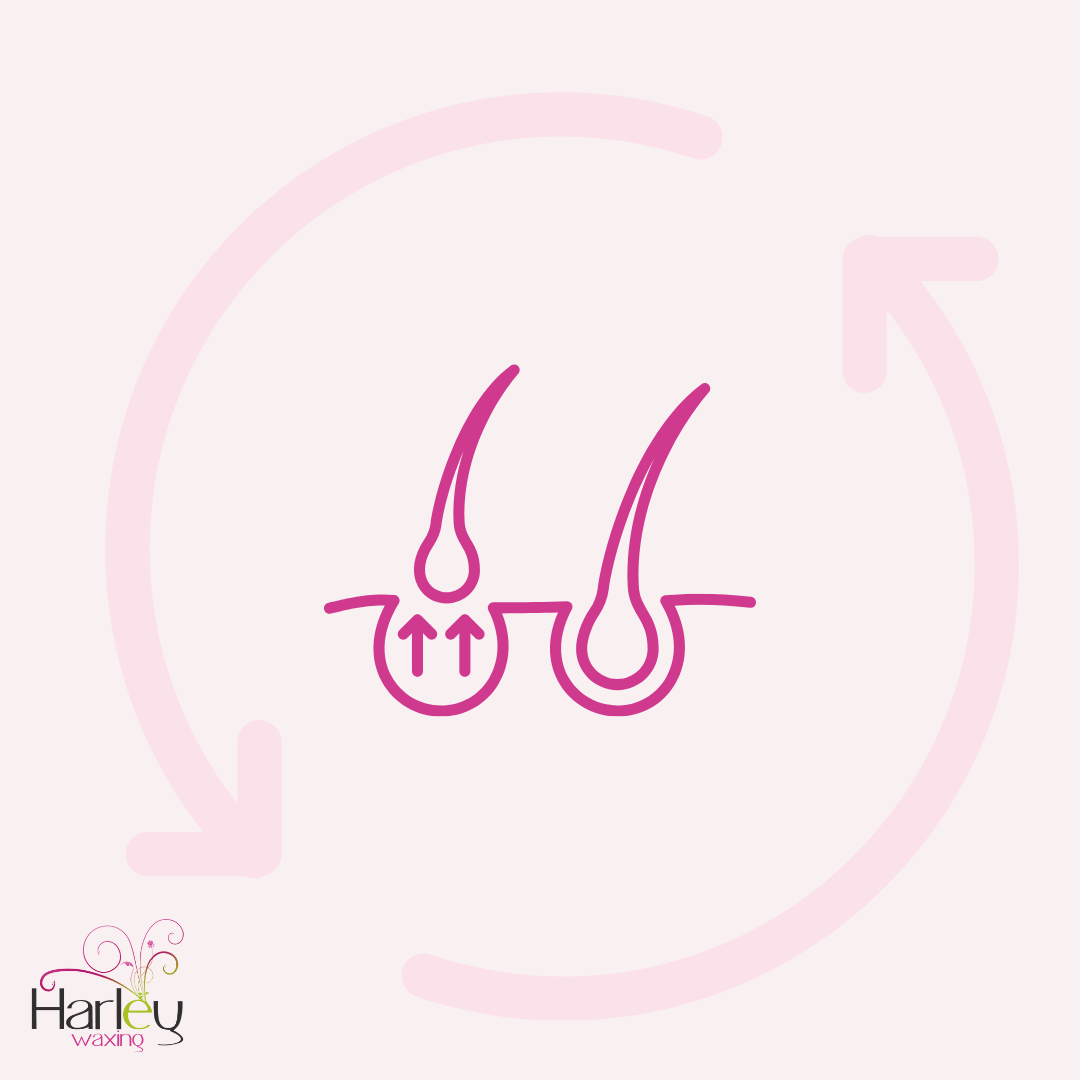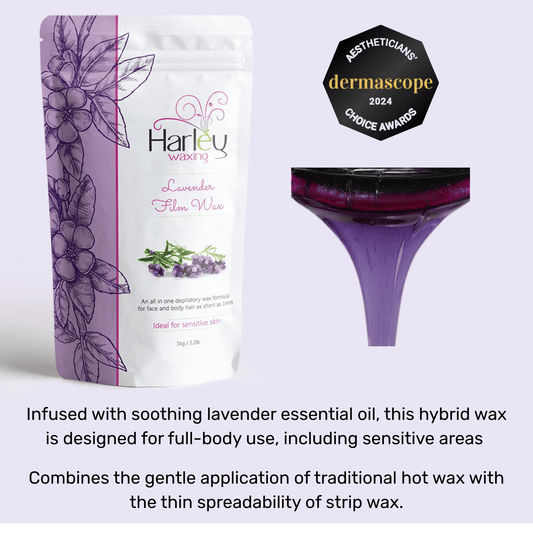When talking about the hair growth cycle, most professional waxers probably think of their early days of aesthetics school. However, once you’ve graduated and begun practising, do you make a habit of passing your expert knowledge of the hair’s various growth phases on to your clients?
If not, you may be missing out on a great opportunity to collaborate with your clients and help them get even better results from your services. Here’s what we mean:
Why do growth phases matter?
As you likely already know but your clients may not know, the phase during which we wax, has a lot to do with how the hair grows back and when. In a perfect world, waxing services should be booked as close as possible to the anagen phase, so that we’re able to pull hair directly at the follicle level, and before new hair has begun forming, in order to inhibit future growth.
Although it’s not possible to know exactly when individual hairs are in the anagen phase, training your clients to understand the importance of this window of time can help incentivise them to book with you more regularly. Most will be excited to know that by sticking with a consistent schedule and waxing every 4-6 weeks, they’ll eventually be able to get all hairs on the same growth cycle and achieve longer lasting results.
Hair Growth Cycles Made Simple: Explaining the Basics Phase-By-Phase
A bit of good news is that you don’t have to go into any complicated or lengthy explanation when educating your clients. To help you out, the team at Harley Waxing has a quick rundown of how to outline the hair-growth cycle quickly and effectively.
-
Anagen Phase - As we’ve already discussed, the anagen stage is when growth is actively taking place. At this time when hairs are new, waxing weakens the follicles and will make it harder for hairs to grow back over time. In other words, it’s the perfect time for clients to schedule their favourite hard or soft wax service.
-
Catagen Phase - Following anagen, catagen phase is considered the transitional stage, when hair has stopped growing and has become detached from the follicle to make room for the next round of growth. Catagen is not an ideal time to wax, since it won’t do much to slow hair growth.
-
Telogen Phase - Also known as the resting phase, telogen stage is when hair growth is dormant, but hairs have yet to shed from the follicle. Similar to the catagen phase, this point in time just isn’t as effective for ensuring that hair growth diminishes.
-
Exogen - Something many clients may not realise is that the hair goes through a natural shedding period known as the exogen phase. At this time hairs shed on their own to make room for new one, but the process can take months, just depending on the individual and area of growth.
Tips For Introducing Your Clients To Hair Growth Terminology So how can we get clients up to speed on all of this critical info? Harley Waxing has a few ideas:
- Social Media - Whether it’s with your website, business blog, a simple Instagram post, or all of the above, breaking down the basics of the hair growth cycle is great content that will establish you as an expert and get your clients even more excited about what you have to offer.
- In The Treatment Room - If you’re more the type who enjoys chatting with clients one-on-one, talking about how growth phases work while you wax, can be a great way to build trust in your professionalism, and fill a few awkward silences in the process.
- Aftercare Instructions - One more easy way to work growth-phases into your clients’ awareness is to include a brief rundown in your aftercare instructions. Whether in writing, or just while ringing out and rebooking, you can use the opportunity to communicate best practices for follow-up, according to the growth cycle.





